The worst natural disasters around the world
Natural disasters have a profound effect on the world, leaving lasting impressions on both landscapes and human societies. They serve as reminders of nature’s unpredictable power.
While the destruction they cause can be devastating, these events often lead to advancements in science and infrastructure. By examining past disasters, we can gain insight into mitigating their impacts and improving future responses. Each disaster tells a story of resilience and recovery, offering lessons that continue to shape our world.
The 2004 Indian Ocean Tsunami: A Wave of Destruction
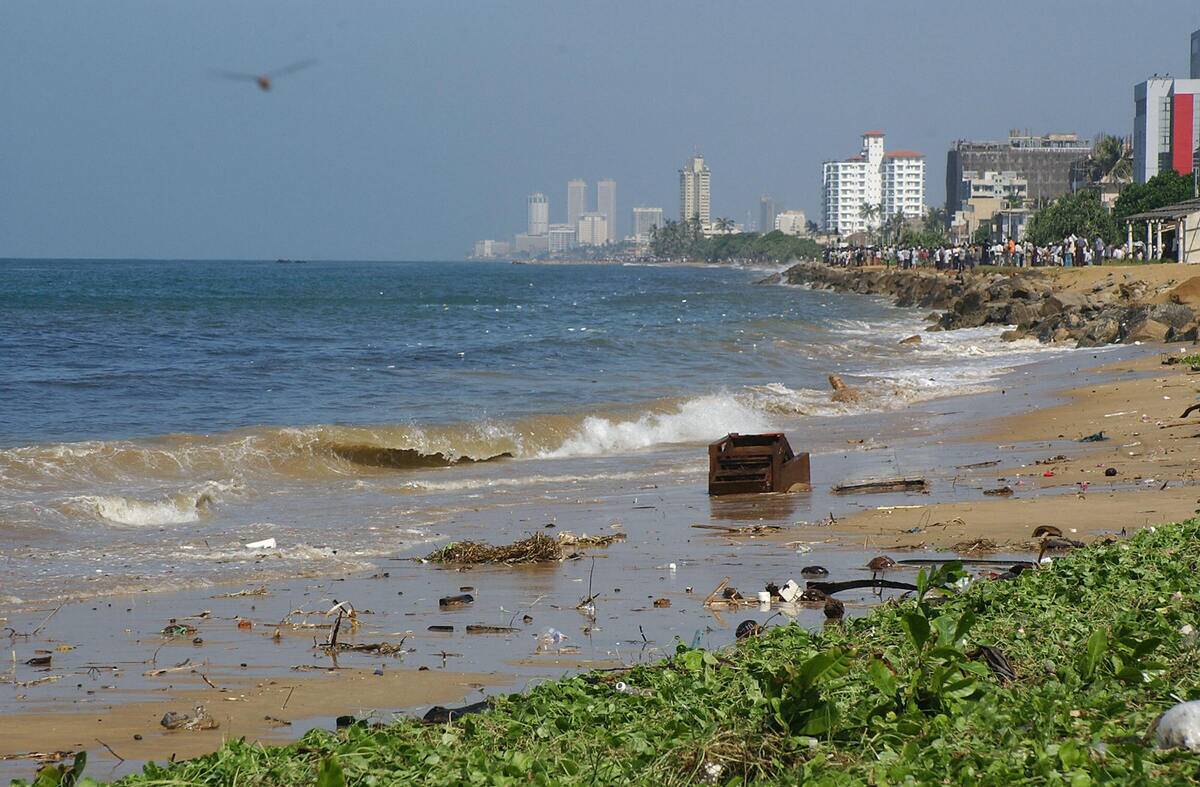
On December 26, 2004, an undersea megathrust earthquake off the coast of Sumatra triggered one of the deadliest tsunamis in recorded history. The waves reached heights of up to 100 feet, causing widespread devastation across 14 countries and claiming over 225,000 lives.
The hardest-hit areas included Indonesia, Sri Lanka, India, and Thailand. In the aftermath, international efforts focused on improving tsunami warning systems and increasing global awareness of such risks.
The 2010 Haiti Earthquake: A Nation in Ruins
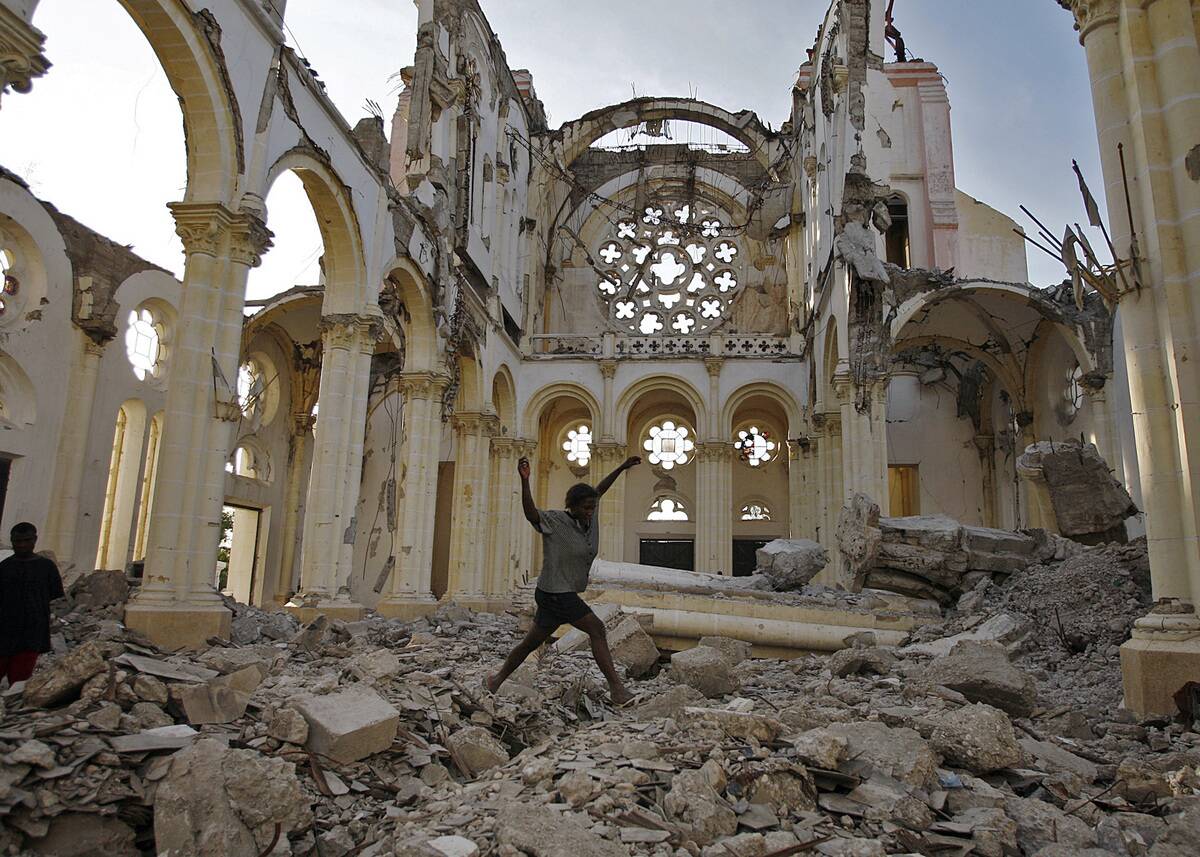
On January 12, 2010, a magnitude 7.0 earthquake struck near Port-au-Prince, Haiti, causing immense destruction in the densely populated capital. The disaster left well over 200,000 dead and at least half a million more homeless.
Haiti’s already fragile infrastructure crumbled, complicating relief efforts. The global community rallied with aid, but the recovery process highlighted the challenges of providing sustained support to impoverished regions. The earthquake underscored the importance of building resilience in vulnerable communities.
The 2005 Hurricane Katrina: Chaos in the Crescent City
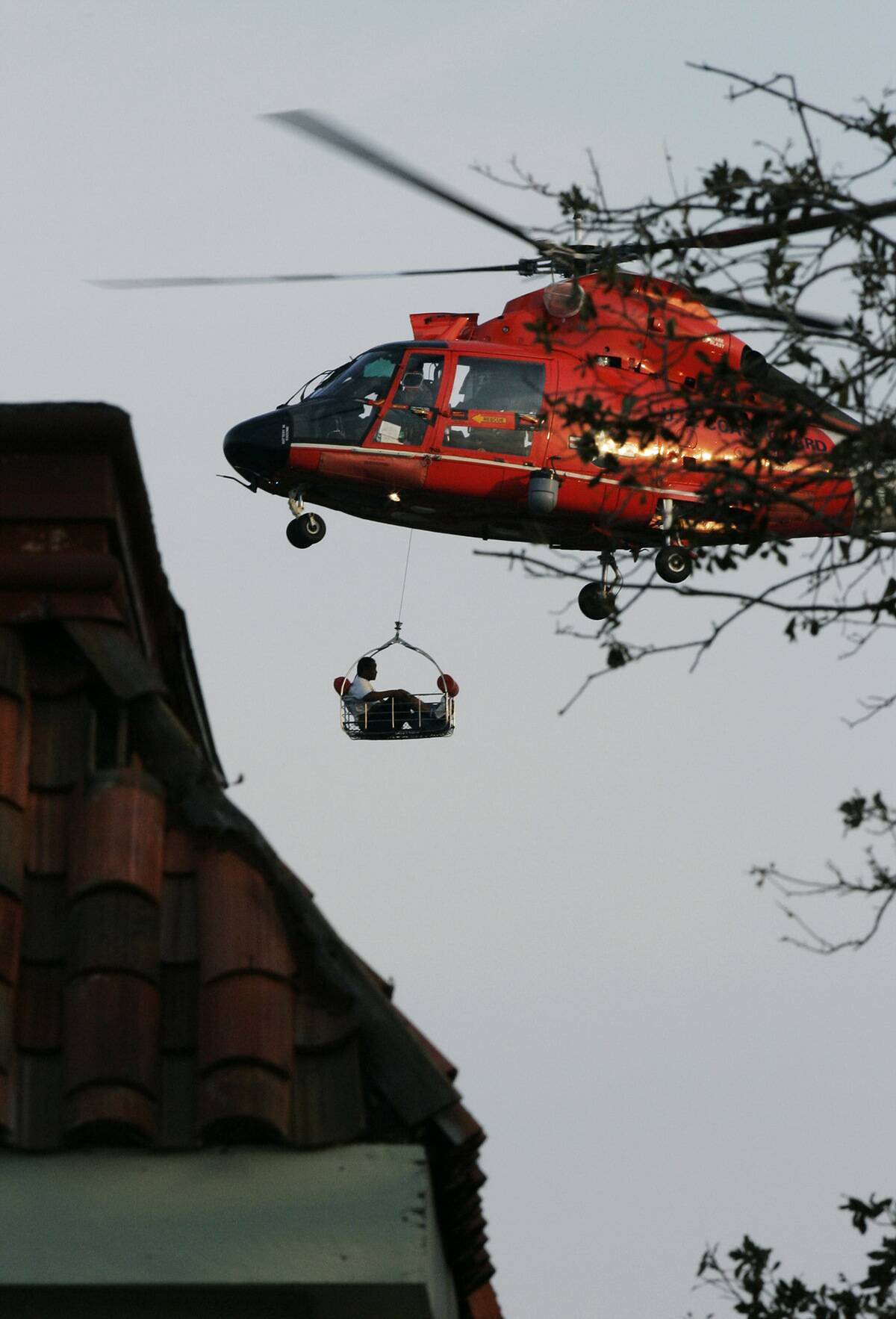
Hurricane Katrina made landfall on August 29, 2005, bringing catastrophic flooding to New Orleans and surrounding areas. Levee failures inundated 80% of the city, displacing thousands and resulting in at least 1,400 deaths.
The disaster exposed critical flaws in emergency response and infrastructure, leading to widespread criticism of government agencies. In Katrina’s aftermath, efforts to rebuild included improving levee systems and enhancing disaster preparedness. The storm left a lasting impact on the cultural and social fabric of the Gulf Coast.
The 2011 Tōhoku Earthquake and Tsunami: Japan’s Double Tragedy
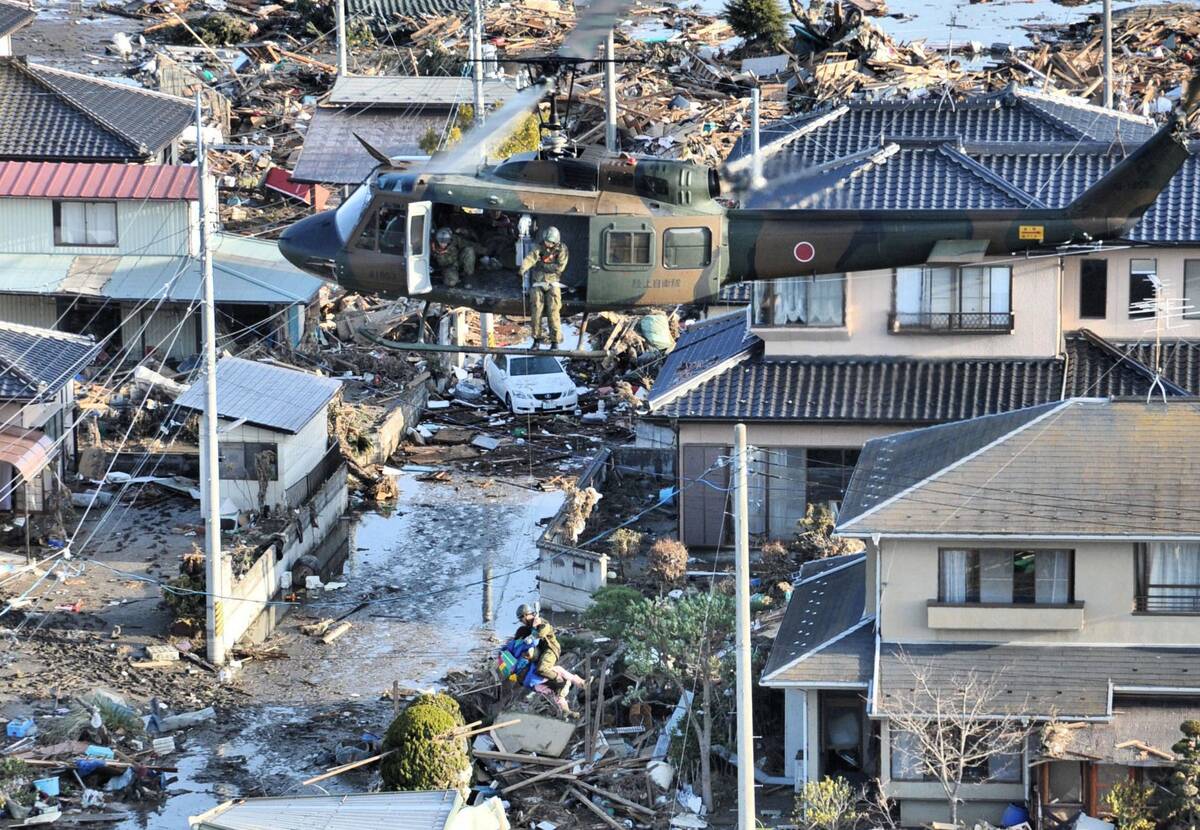
On March 11, 2011, Japan experienced a magnitude 9.0 earthquake, the most powerful ever recorded in the country. The quake triggered a massive tsunami, which devastated the Tōhoku region and caused the Fukushima Daiichi nuclear disaster.
The catastrophe resulted in as many as 20,000 deaths and extensive infrastructure damage. Japan’s response included advancements in earthquake-resistant building designs and improved emergency response protocols. The event underscored the need for robust nuclear safety practices and disaster preparedness.
The 1815 Eruption of Mount Tambora: The Year Without a Summer
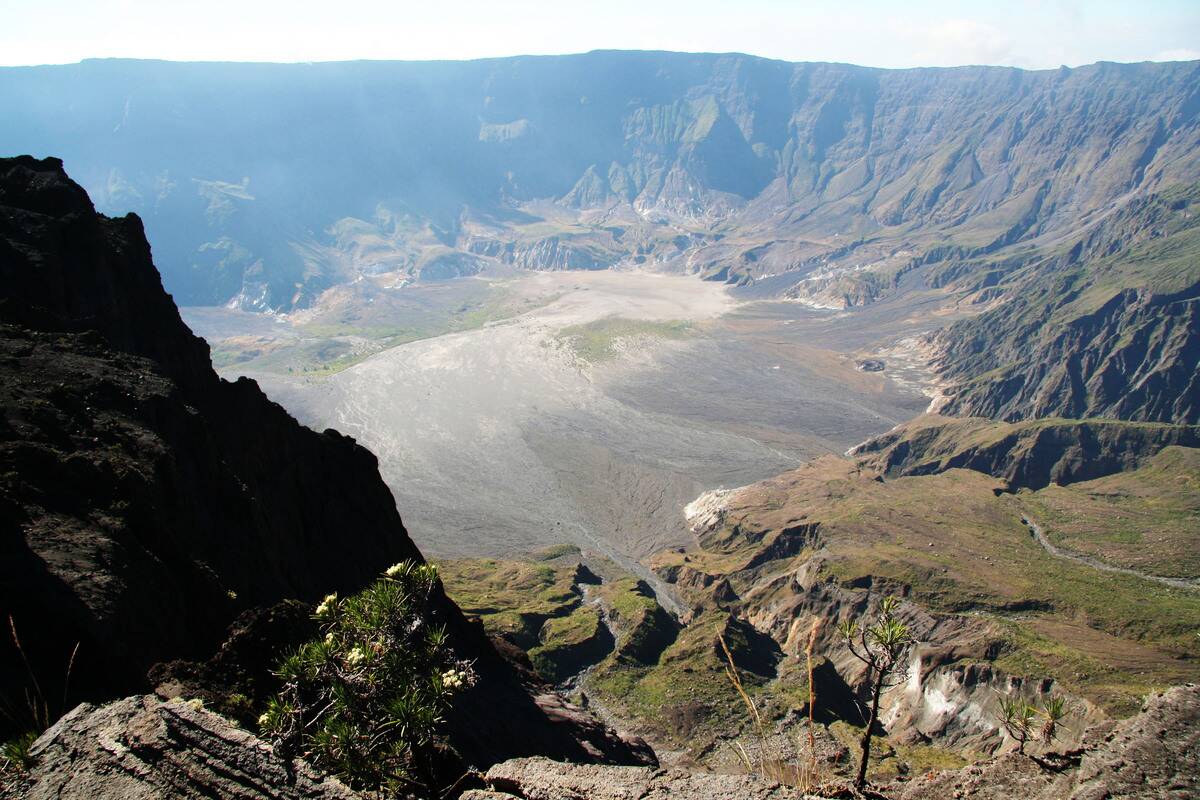
Mount Tambora, located on the island of Sumbawa in present-day Indonesia, erupted in April 1815, becoming one of the most powerful volcanic events in recorded history. The eruption expelled vast amounts of volcanic ash into the atmosphere, leading to global climate anomalies known as ‘The Year Without a Summer.’
This resulted in widespread crop failures and food shortages across the Northern Hemisphere. The eruption highlighted the far-reaching impacts of volcanic activity on global climate and agriculture.
The 1970 Bhola Cyclone: A Storm of Epic Proportions
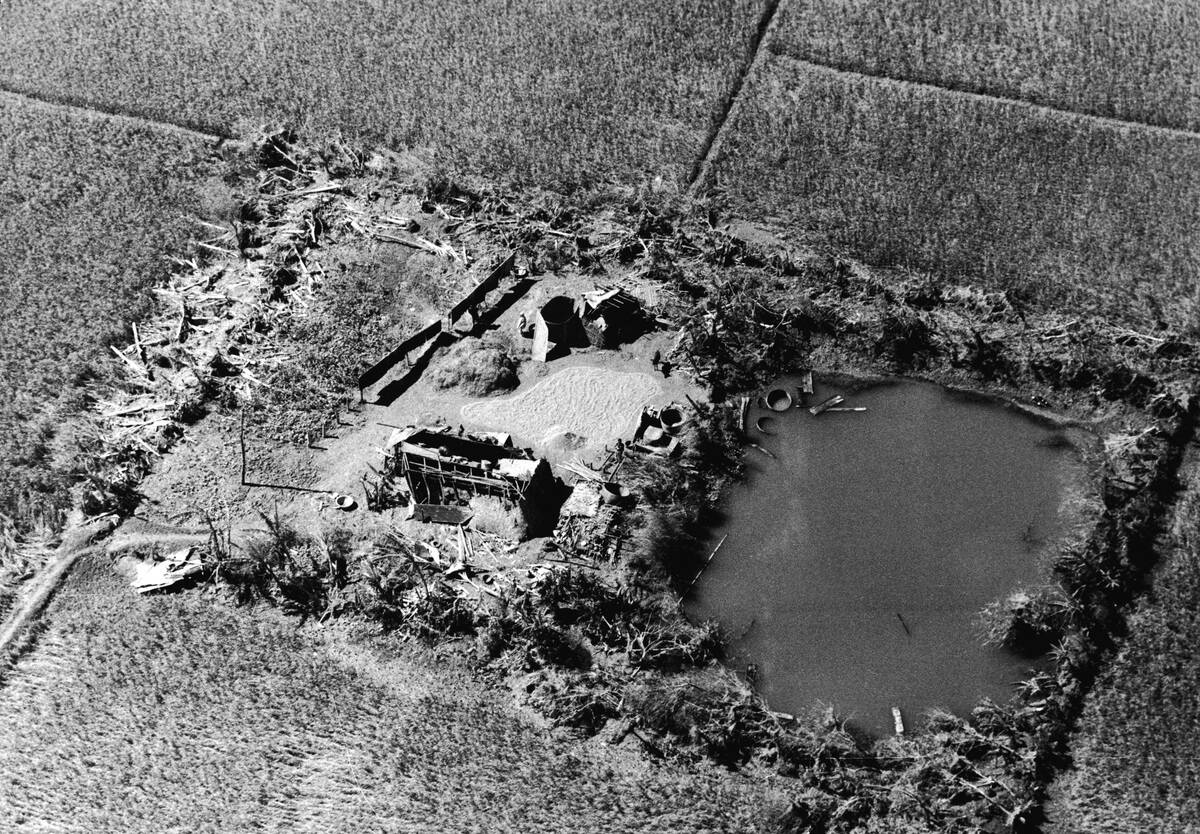
The Bhola cyclone struck the coastal regions of East Pakistan (now Bangladesh) and the West Bengal area of India on November 13, 1970. With wind speeds reaching 115 mph, it is considered one of the deadliest tropical cyclones on record, resulting in an estimated 300,000 to 500,000 deaths.
The tragedy exposed the vulnerabilities of low-lying coastal communities to such extreme weather events. In its wake, efforts were made to improve cyclone warning systems and disaster management in the region.
The 1906 San Francisco Earthquake and Fire: Shaking the Golden City
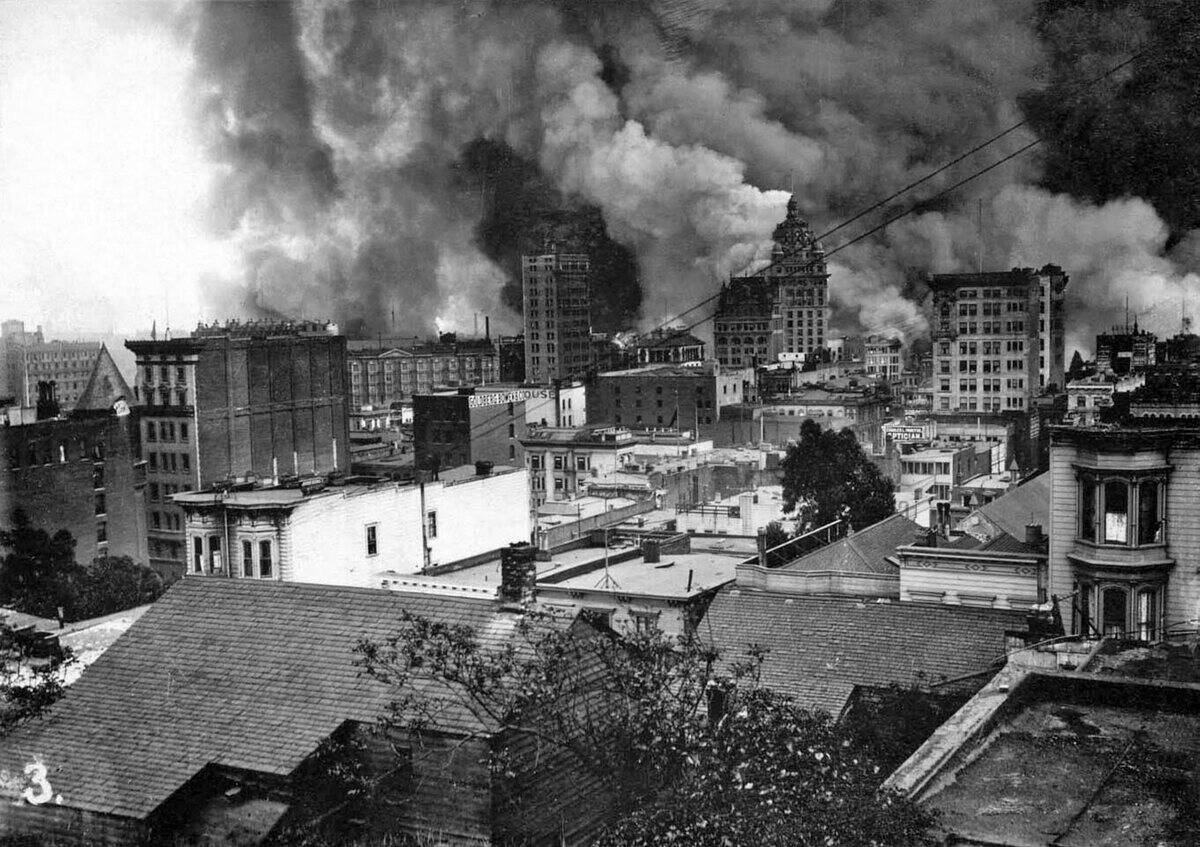
Early in the morning on April 18, 1906, a magnitude 7.9 earthquake struck San Francisco, resulting in widespread devastation. The quake and subsequent fires destroyed over 80% of the city, leaving more than 3,000 people dead and up to 300,000 people homeless.
The disaster underscored the need for better urban planning and building codes. In the years following the quake, San Francisco embarked on a massive rebuilding effort, laying the groundwork for modern seismic safety standards.
The 1931 China Floods: A Deluge of Devastation
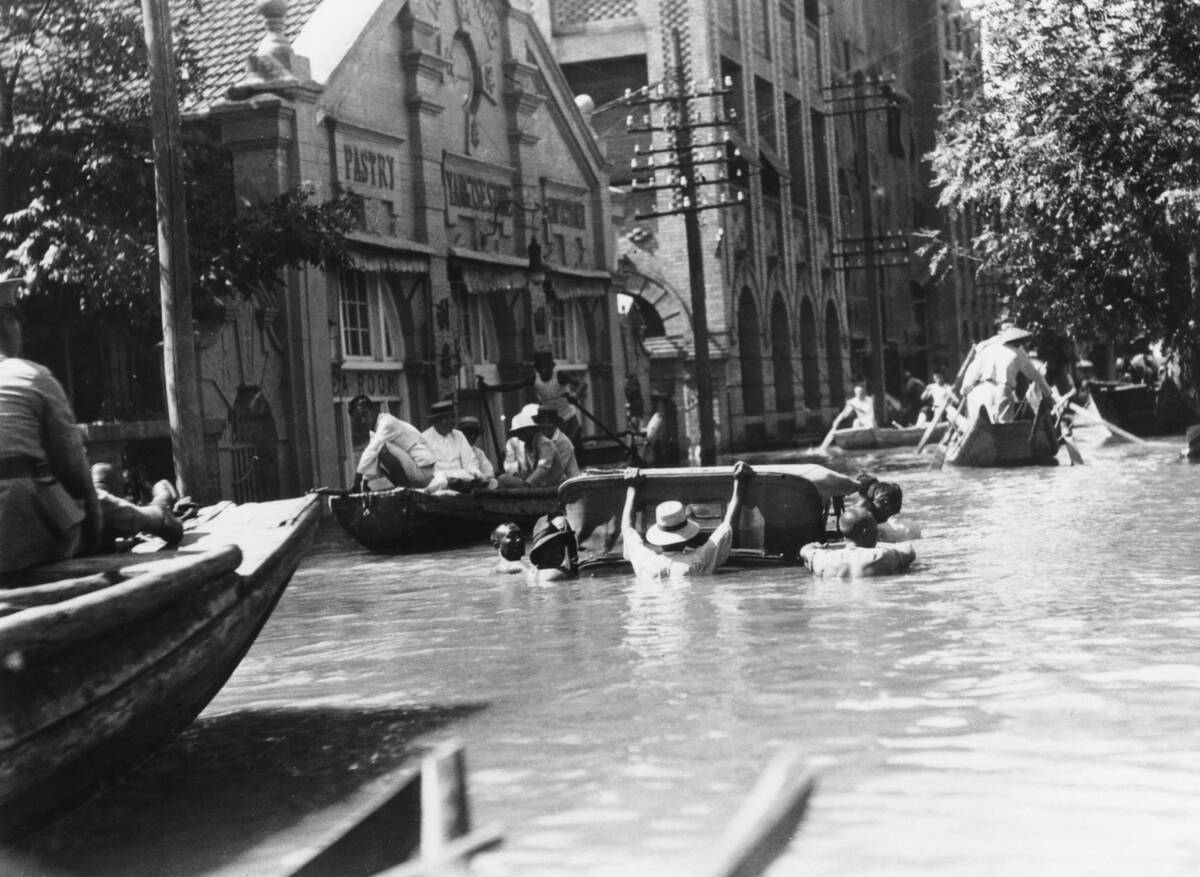
The 1931 China floods remain one of the deadliest natural disasters in history, affecting large parts of central and eastern China. Triggered by a combination of snowmelt, heavy rainfall, and typhoon activity, the flooding claimed the lives of up to 4 million people.
The disaster highlighted the vulnerability of densely populated river basins to extreme weather events. In response, efforts were made to improve flood control measures, including the construction of dams to prevent future catastrophes.
The 1985 Mexico City Earthquake: Shattering a Metropolis
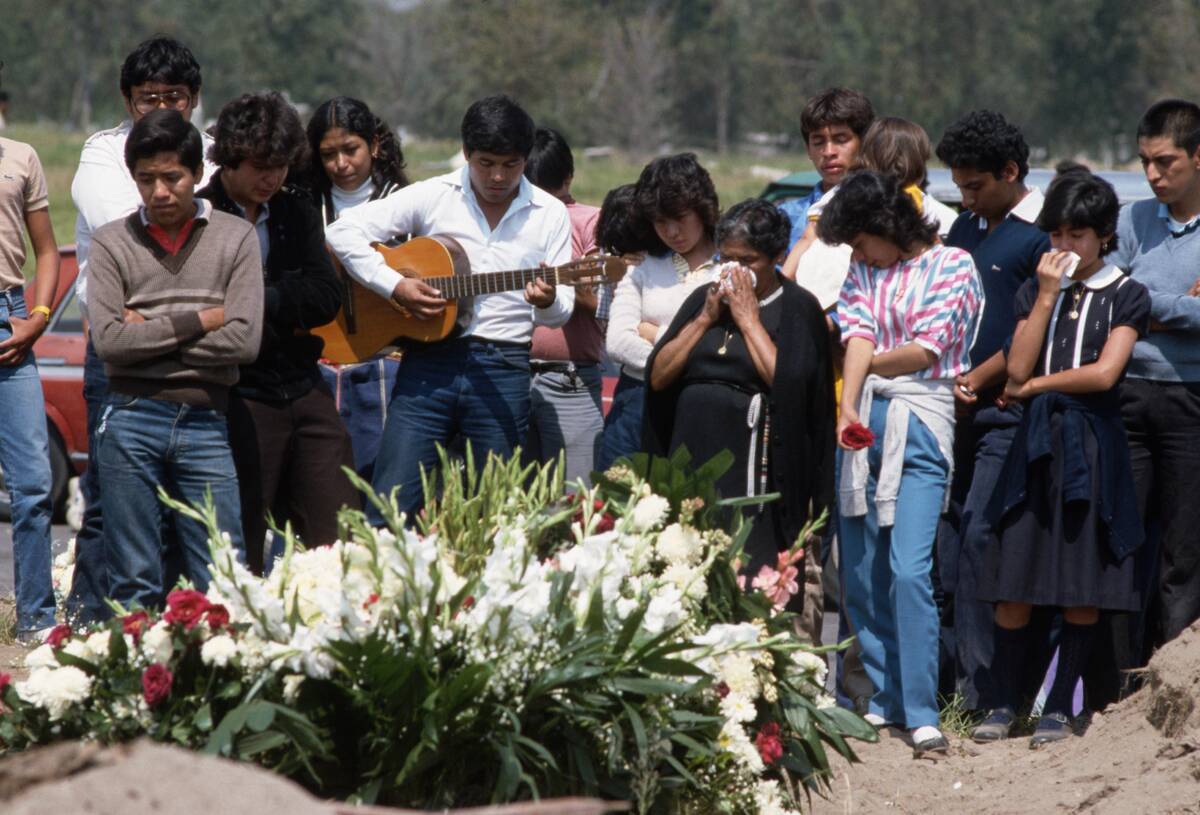
On September 19, 1985, a magnitude 8.0 earthquake struck Mexico City, causing widespread destruction in the densely populated capital. The quake resulted in at least 5,000 deaths but potentially over 45,000 fatalities. The disaster also left at least 250,000 people (but likely even more) homeless.
The disaster exposed significant weaknesses in building construction and emergency response. The earthquake remains a pivotal moment in the country’s approach to disaster preparedness and urban resilience.
The 2018 Sulawesi Earthquake and Tsunami: Indonesia’s Double Blow
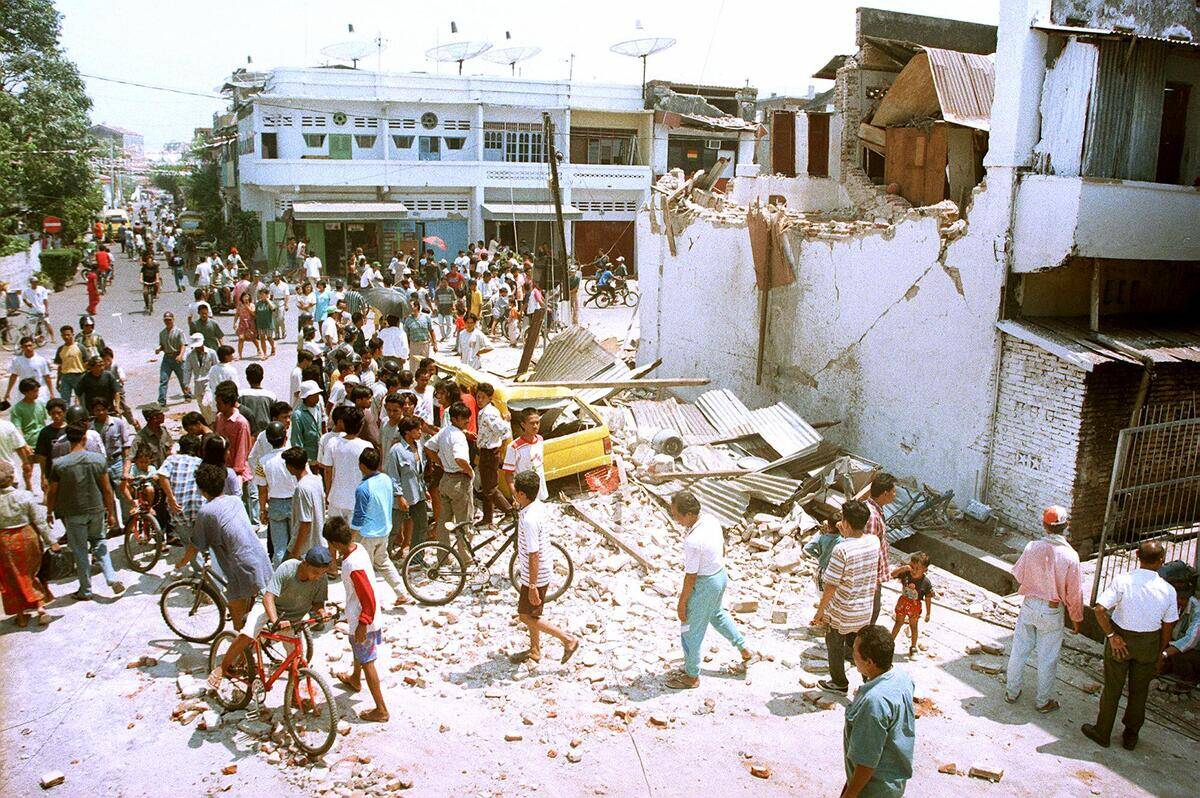
On September 28, 2018, a magnitude 7.5 earthquake struck the island of Sulawesi, Indonesia, triggering a tsunami that devastated the city of Palu and surrounding areas. The twin disasters resulted in over 4,300 deaths and displaced at least 206,000 residents.
The event highlighted the challenges of providing timely warnings and effective emergency response in remote regions.
The 1883 Eruption of Krakatoa: A Volcanic Catastrophe
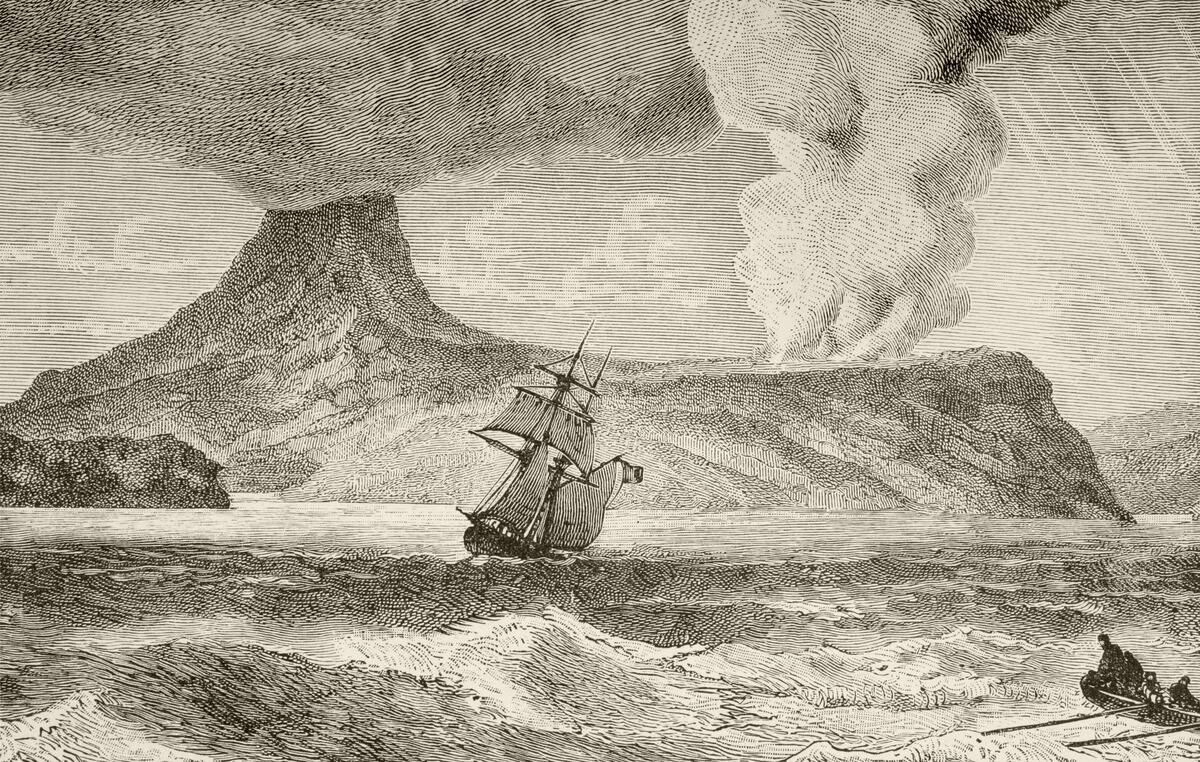
The eruption of Krakatoa in August 1883 was one of the most violent volcanic events in recorded history. Located in the Sunda Strait between Java and Sumatra, the eruption generated massive tsunamis that killed over 36,000 people (and possibly as many as 120,000 people) and produced ash clouds that affected the global climate.
The resulting atmospheric changes led to spectacular sunsets worldwide and inspired artists and writers.
The 2008 Sichuan Earthquake: Tragedy in China
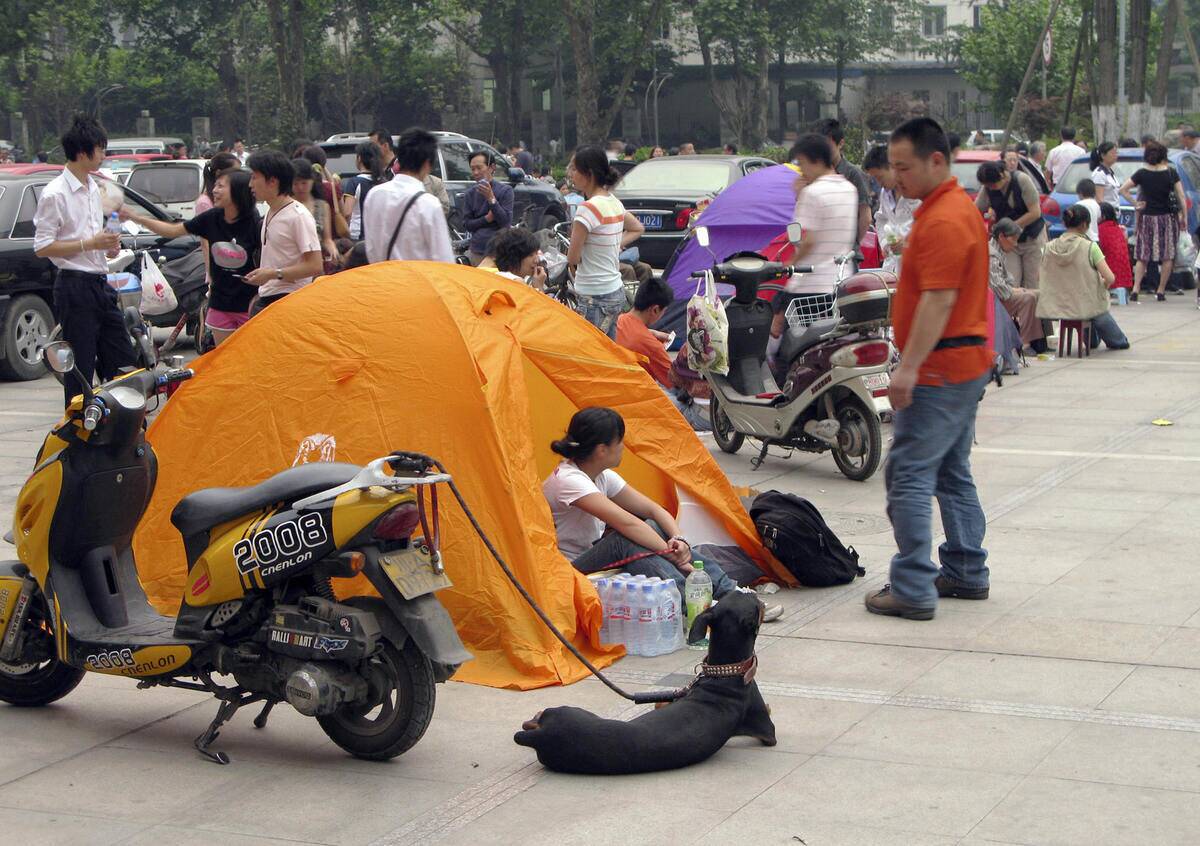
On May 12, 2008, a magnitude 7.9 earthquake (at minimum) struck the Sichuan province in China, causing widespread destruction and loss of life. The quake resulted in nearly 90,000 deaths and left nearly 5 million more people displaced.
The disaster highlighted the importance of earthquake-resistant infrastructure, particularly in densely populated areas. In response, China implemented stricter building codes in rural areas. The earthquake also led to a significant outpouring of international aid and support.
The 1923 Great Kanto Earthquake: Tokyo in Turmoil
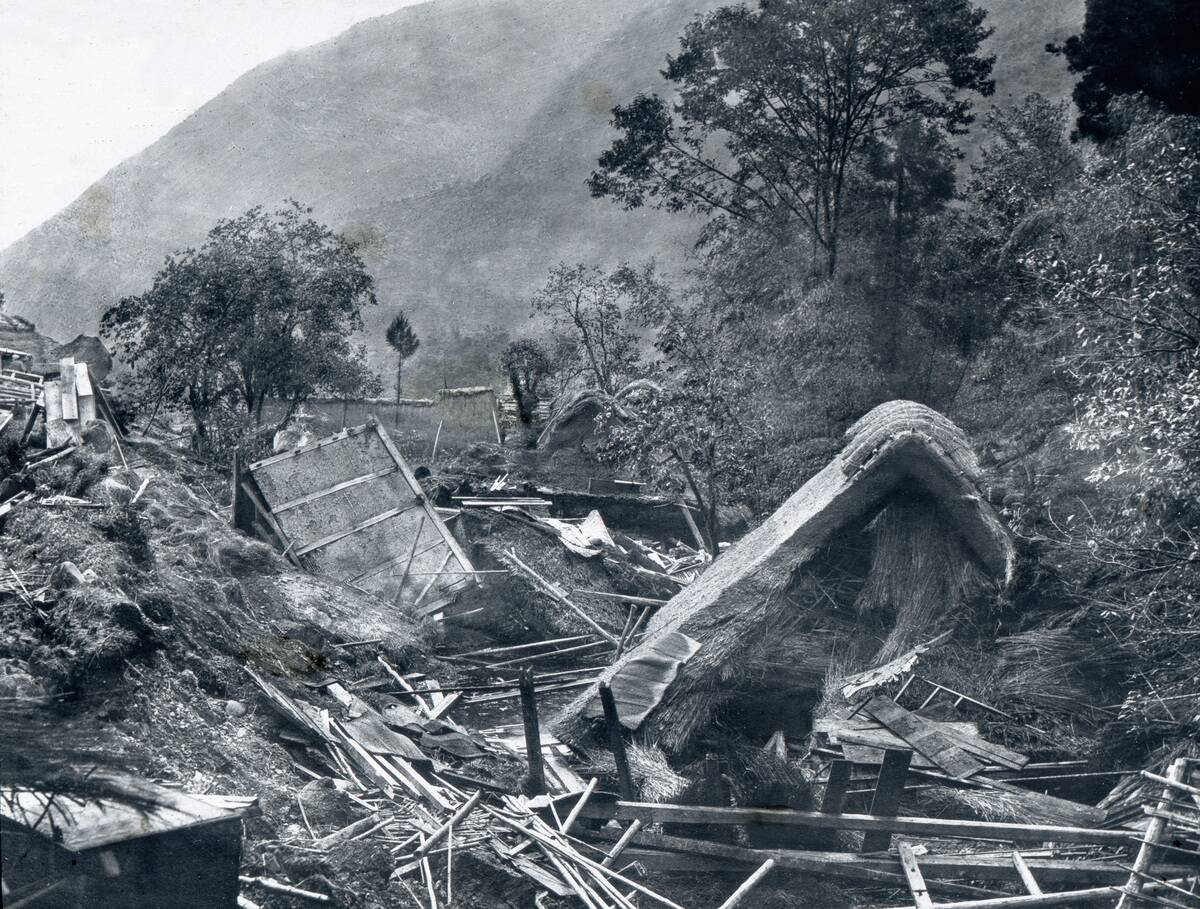
The Great Kanto Earthquake struck the Tokyo-Yokohama area on September 1, 1923, with a magnitude of 7.9 (at minimum). The disaster resulted in over 140,000 estimated deaths, primarily due to fires that swept through the densely populated cities.
The earthquake caused extensive damage to infrastructure and left over a million people homeless. In its aftermath, Japan focused on rebuilding and implementing stricter building regulations. The disaster also led to the development of modern urban planning and disaster response strategies in the country.



